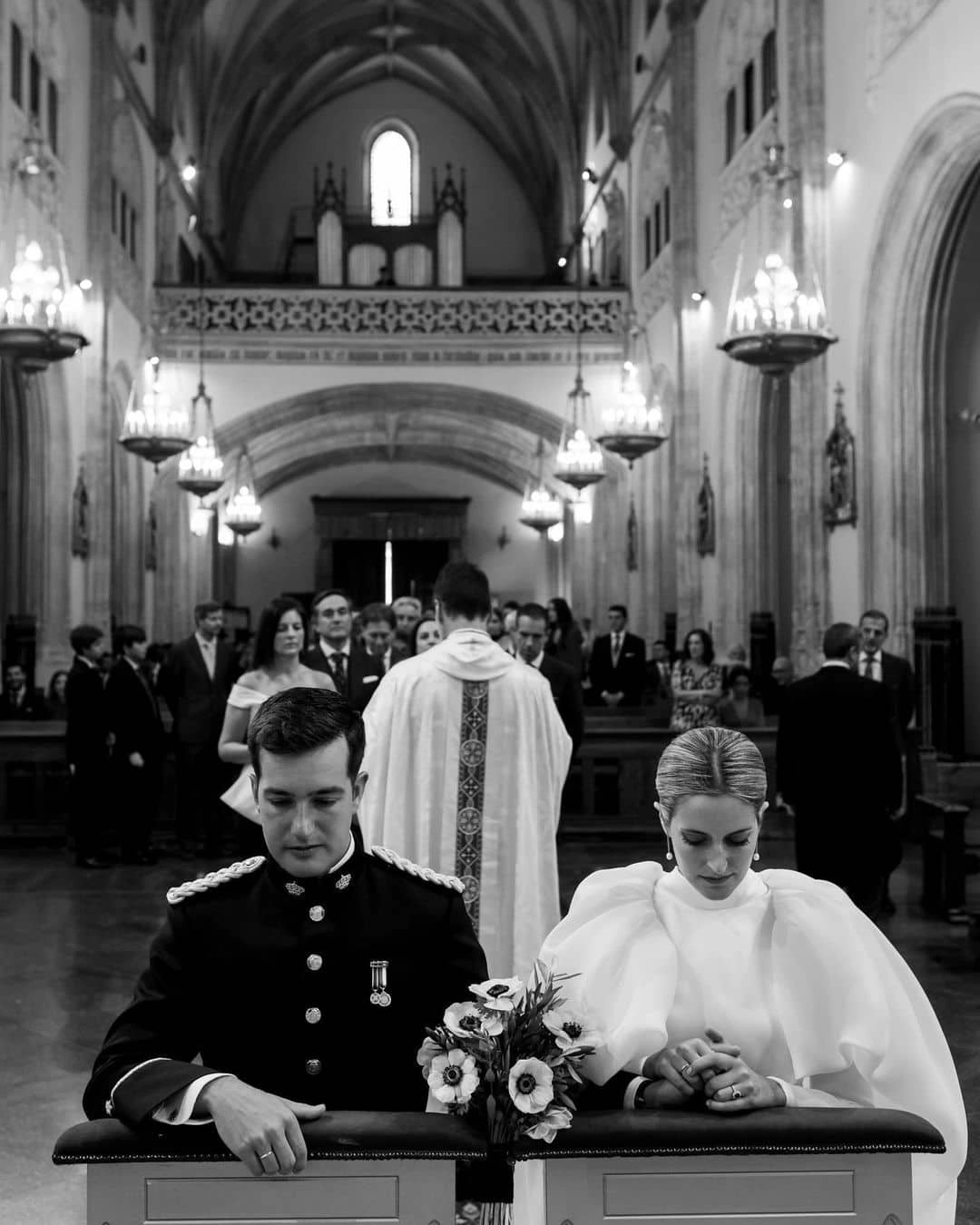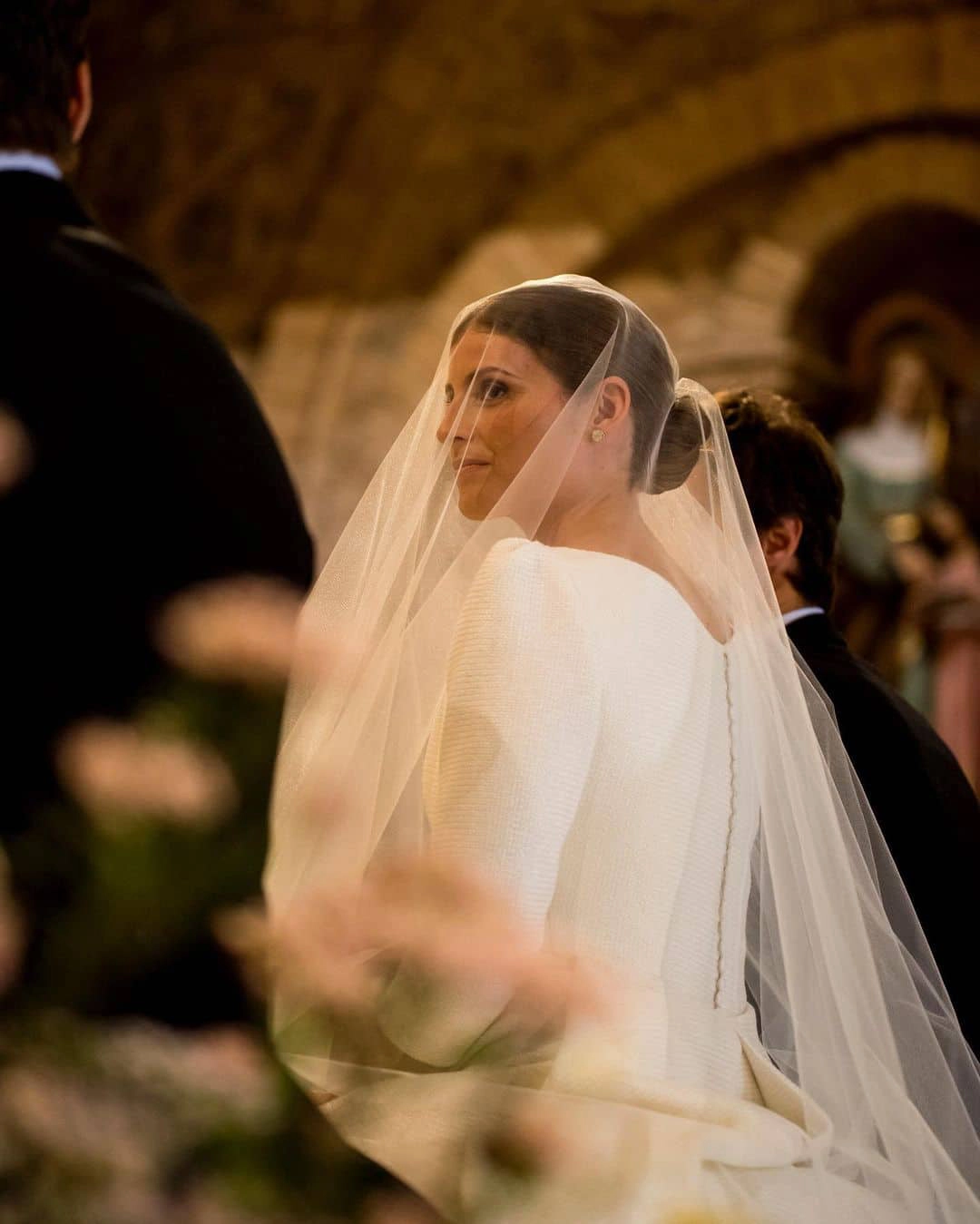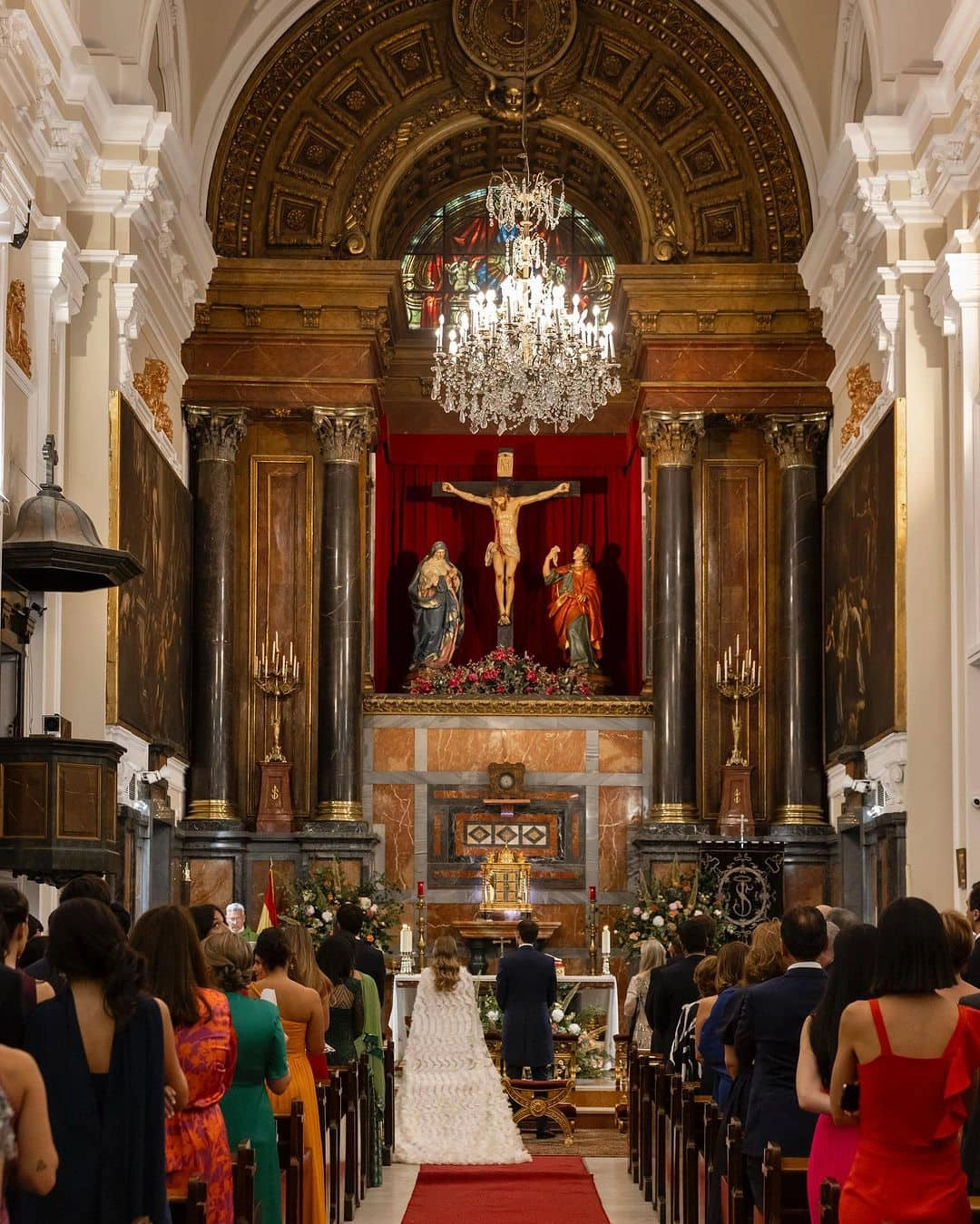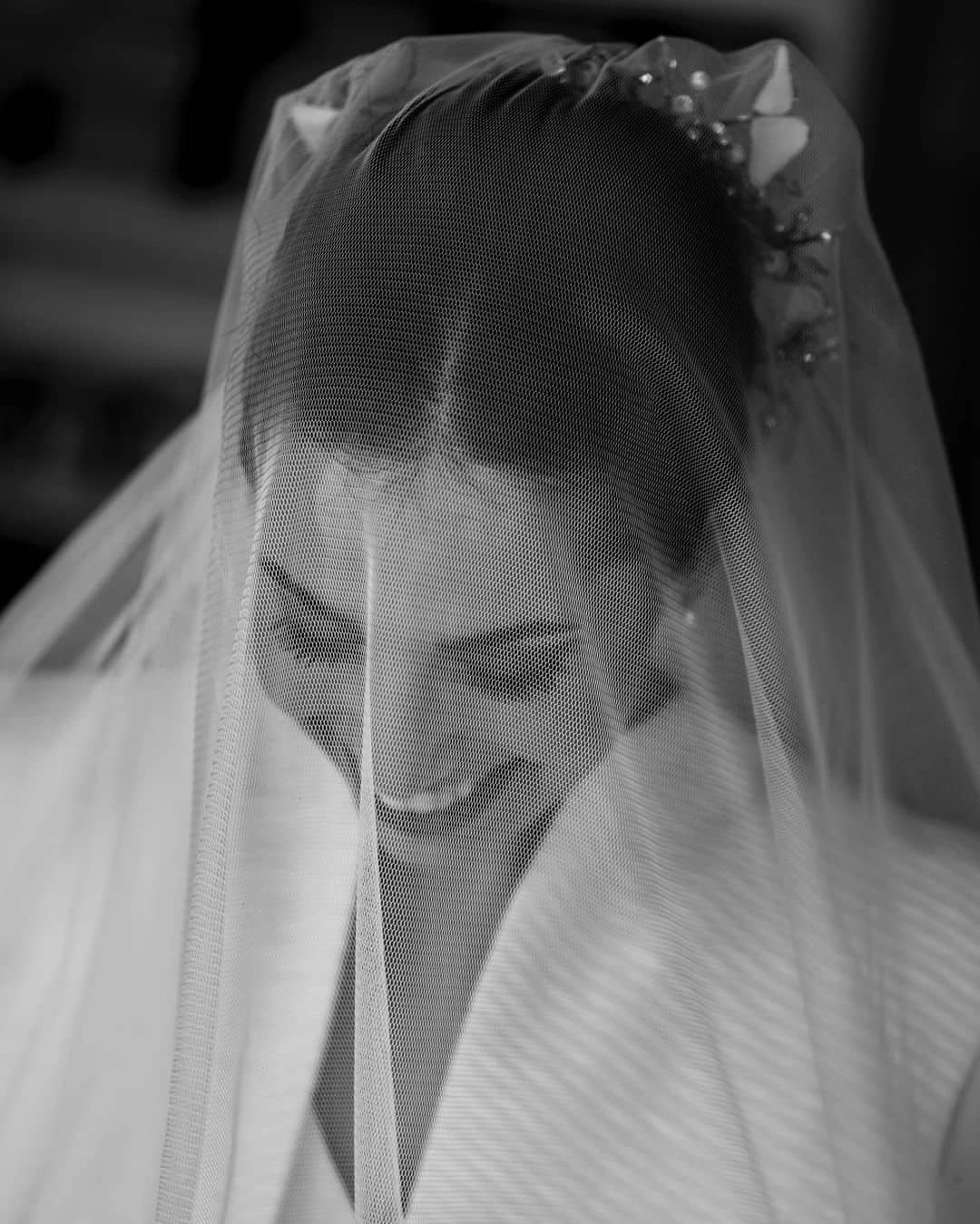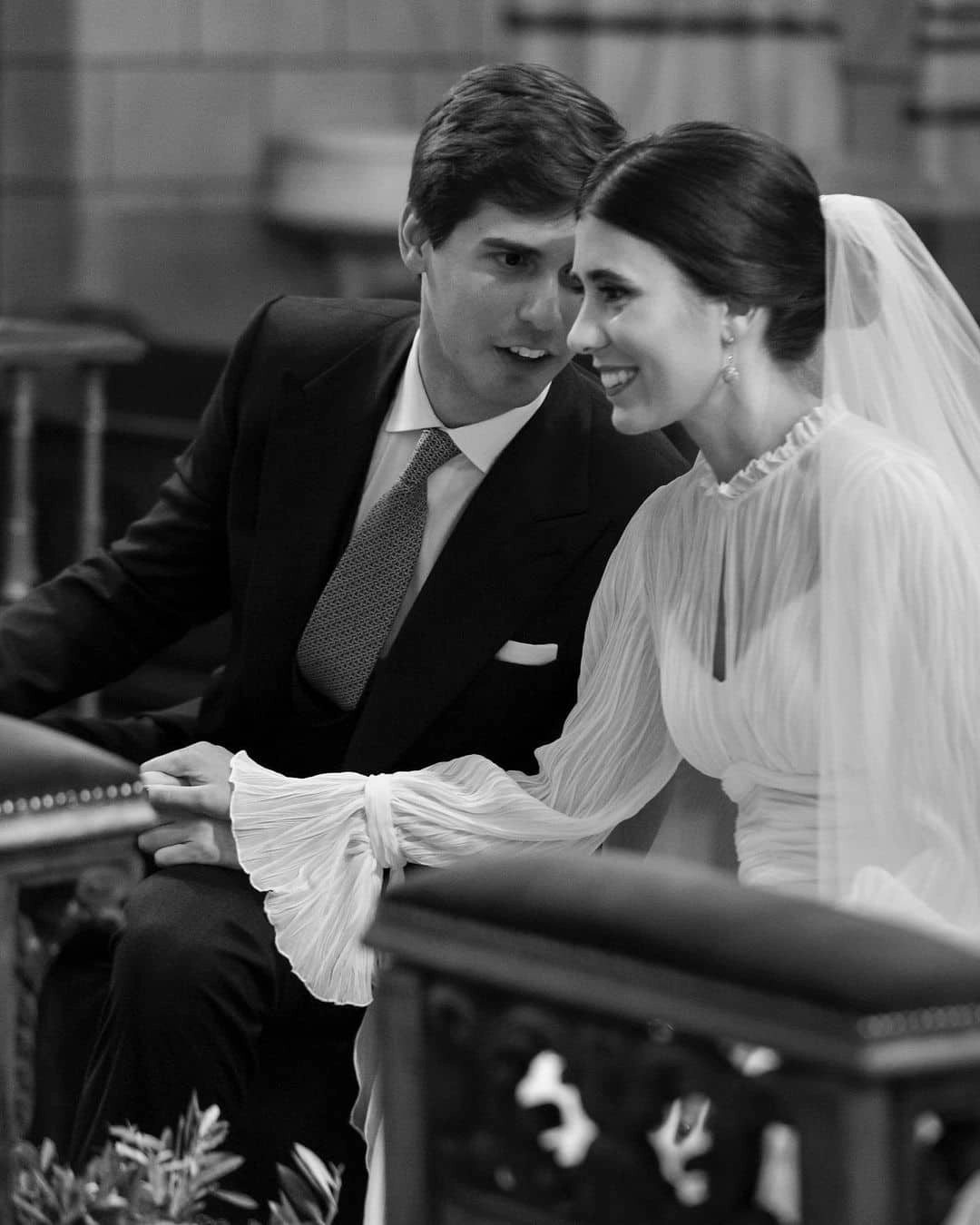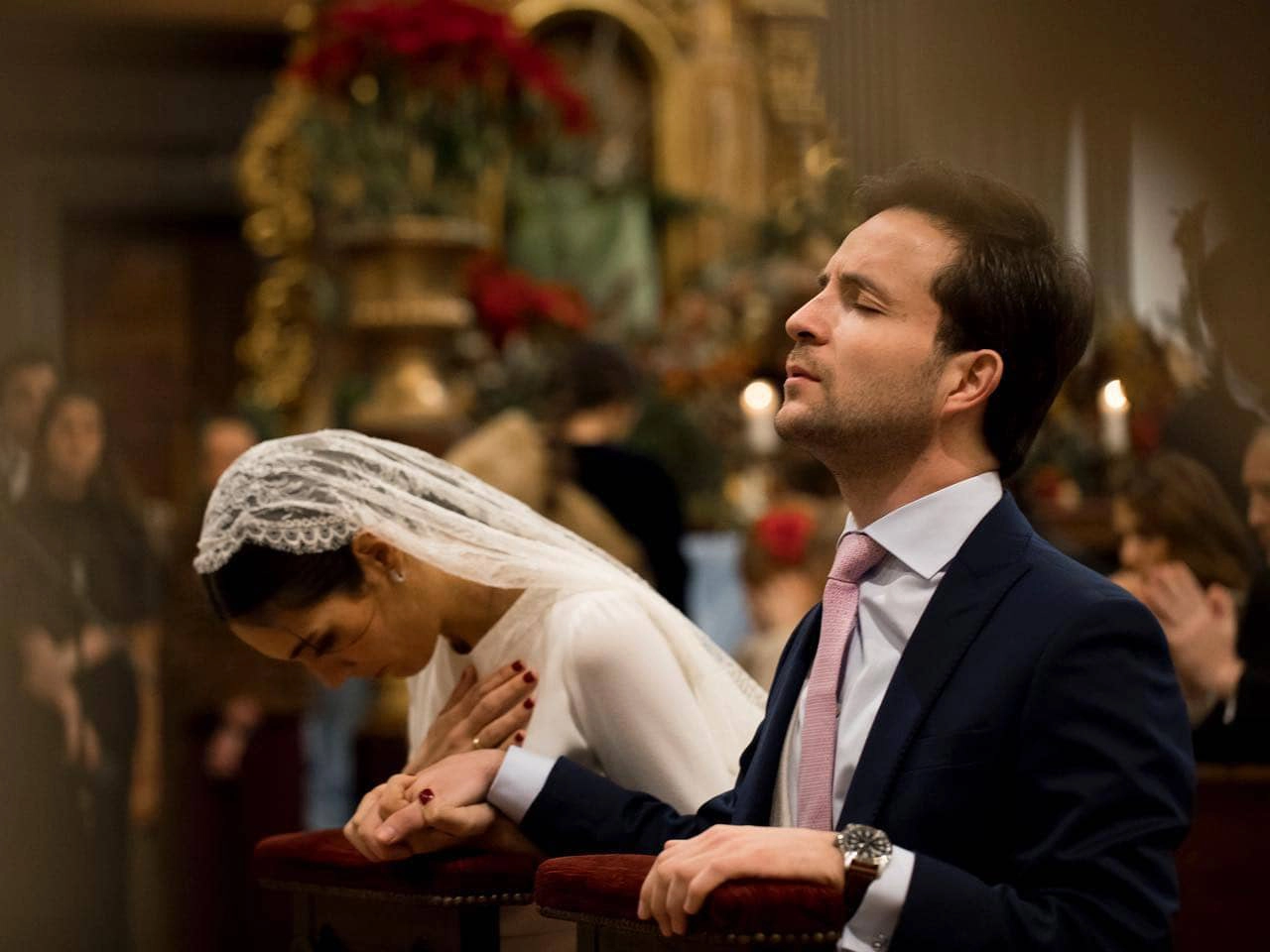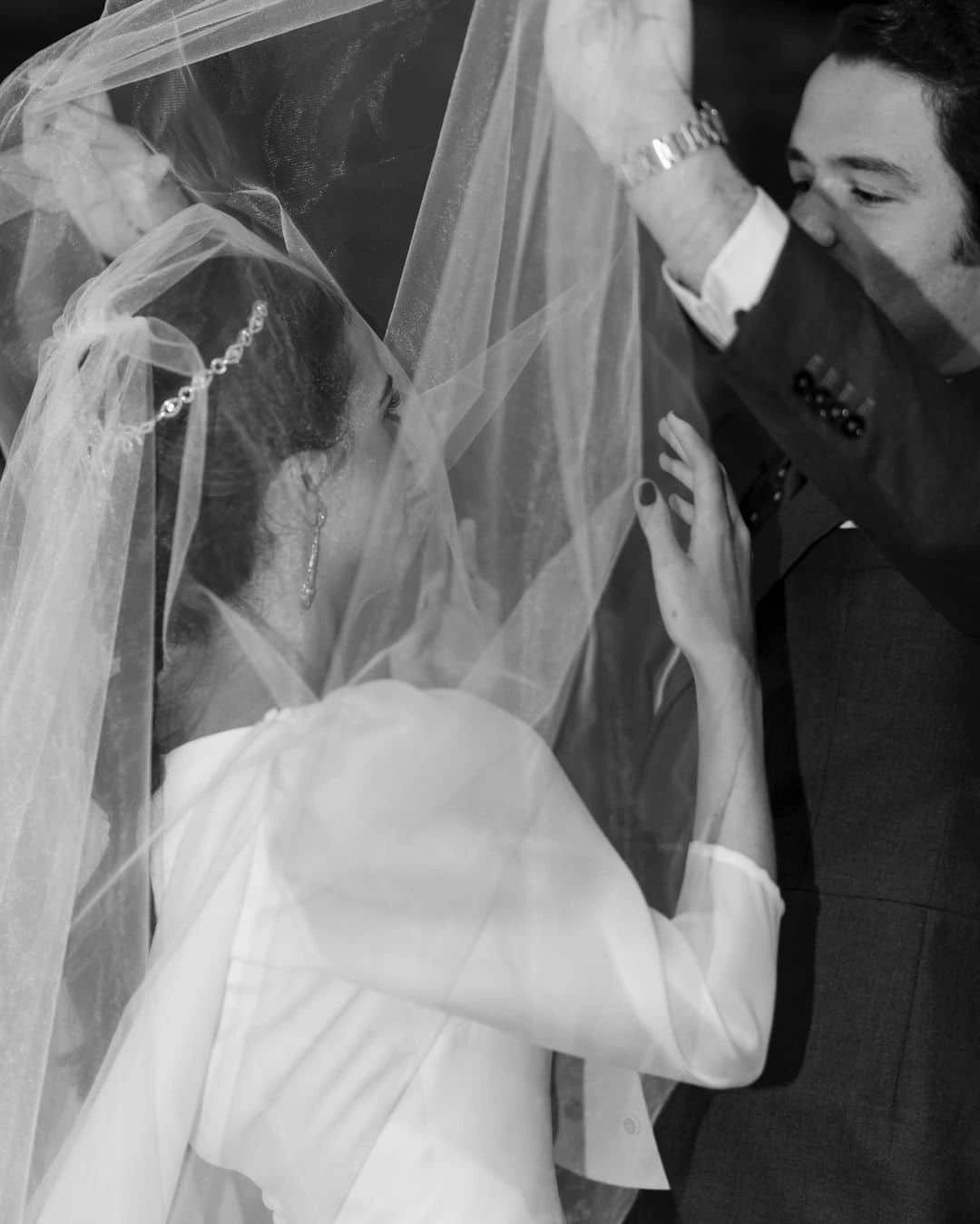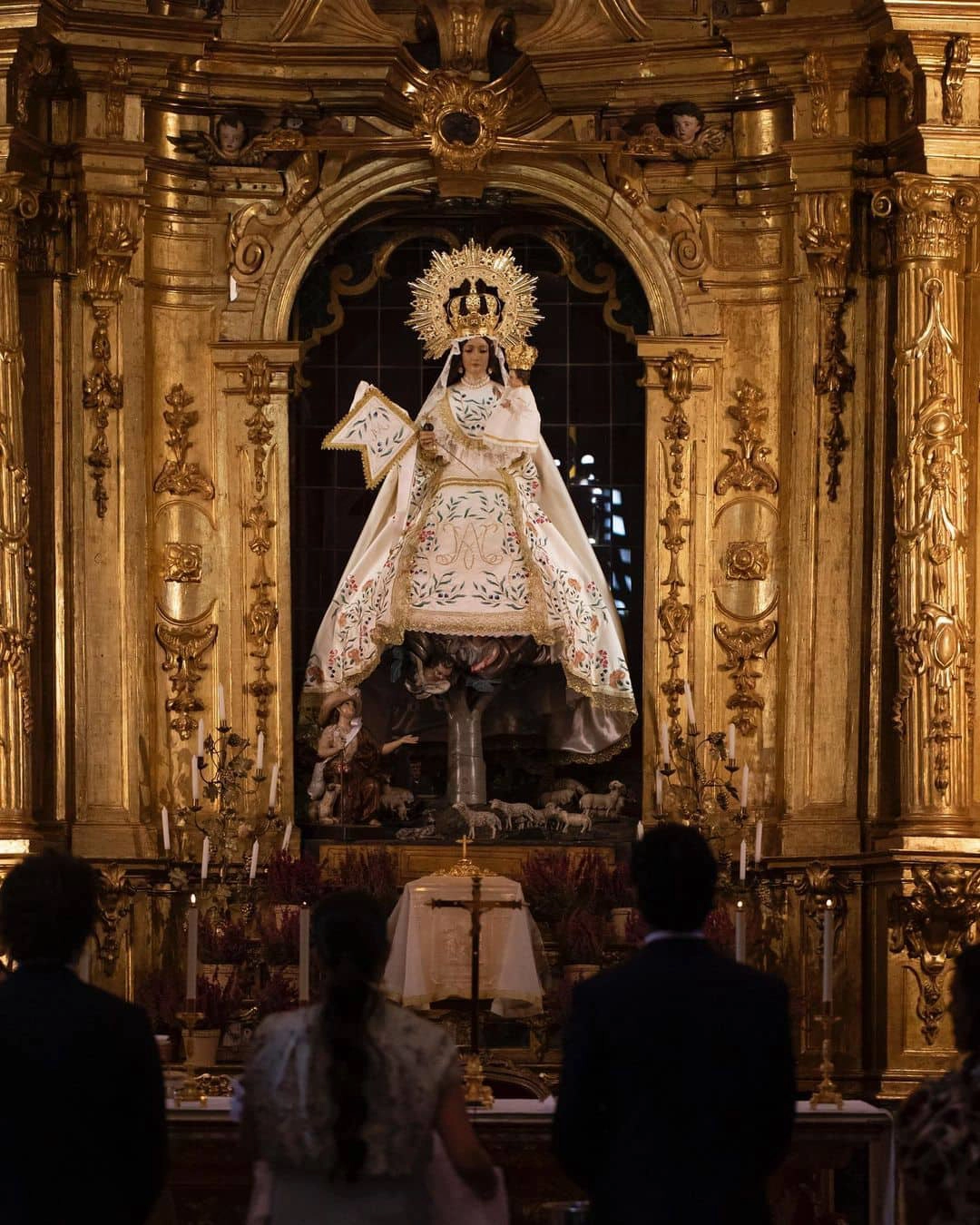20.09.2023 — 5 MIN READ
Wedding Veil Tradition: The Velatio Nuptialis
WEDDING VEIL TRADITION # VELATIO NUPTIALIS # WEDDING VEIL TRADITION # VELATIO NUPTIALIS # WEDDING VEIL TRADITION # VELATIO NUPTIALIS # WEDDING VEIL TRADITION # VELATIO NUPTIALIS # WEDDING VEIL TRADITION # VELATIO NUPTIALIS # WEDDING VEIL TRADITION # VELATIO NUPTIALIS # WEDDING VEIL TRADITION # VELATIO NUPTIALIS # WEDDING VEIL TRADITION # VELATIO NUPTIALIS # WEDDING VEIL TRADITION # VELATIO NUPTIALIS # WEDDING VEIL TRADITION # VELATIO NUPTIALIS # WEDDING VEIL TRADITION # VELATIO NUPTIALIS # WEDDING VEIL TRADITION # VELATIO NUPTIALIS # WEDDING VEIL TRADITION # VELATIO NUPTIALIS # WEDDING VEIL TRADITION # VELATIO NUPTIALIS # WEDDING VEIL TRADITION # VELATIO NUPTIALIS # WEDDING VEIL TRADITION # VELATIO NUPTIALIS #
If you’ve ever attended a Catholic wedding, you’ve likely witnessed a special ceremony that follows the nuptial mass: The Velatio Nuptialis, a significant wedding veil tradition. But what does this rite truly signify, and why is it so important? Stick with us to discover the deep meaning and variations of this ancient wedding veil tradition that has evolved throughout history.

Origin of the Rite of the Veil
The term “Veil” originates from the Latin word “velatio,” which means the act of covering with a veil. It’s a liturgical ceremony in the Catholic Church performed through what’s known as the Veil Mass. The primary aim of this mass is to ensure that the children of the married couple are raised in the Christian faith, and in some cases, even become priests.
Structure of the Ceremony
The Veil and Its Significance
During this ceremony, a veil or pall is placed over the shoulders of the man and completely over the woman’s head. This act symbolizes the union of the couple and their commitment to live according to Christian principles. The design and colour of the veil may vary depending on the tradition of the country or region.
Historical Influences
It’s interesting to note that the Velatio Nuptialis has roots in other traditions. For instance, in Jewish marriage, the joining of hands and the exchange of rings also occur. In the ancient Roman pagan wedding rite, the bride’s veil was red, known as the flammeum.
Regional Variations
In Italy and France
In some parts of Italy and France, the veil is held over both the bride and groom during the ceremony. This can be interpreted as a symbol of equality and unity in the marriage.
In Spain
In Spain, the Veil Rite is conducted during the votive mass ‘pro sponsis’ or in favour of the spouses. However, there are certain temporal restrictions. For example, it’s not permitted during the penitential seasons of Advent and Lent.
- (*) Images by click10; www.click10.net
Liturgical Aspects
Mozarabic Liturgy
In the Mozarabic liturgy, a specific veil is used for the ceremony. It’s a white veil with two longitudinal red stripes and is placed between the Lord’s Prayer and the nuptial blessing.
Ceremonial in the Mass
The Velatio Nuptialis doesn’t differ from the ordinary mass until the Lord’s Prayer. After this point, a series of prayers and blessings are performed, culminating in the removal of the veil and an admonition about marital duties.
Wedding Cords
The cord or lasso in the nuptial Veil Rite is a symbol of great importance that represents the unbreakable bond between the bride and groom. Placed by the Veil Sponsors, who must be married in the Church, this cord not only symbolizes the couple’s eternal commitment but also serves as a charm for future fertility and prosperity. Once the cord is placed, the sponsors also place the veil.
Historical Cases
A famous example of a Veil Mass is the one celebrated between Philip II and Anne of Austria in 1570 at the chapel of the Alcázar of Segovia. This rite has been part of Catholic tradition for centuries and continues to be a significant practice today.
The Rite of the Veil in Modern Times
Today, the Veil Rite has adapted to modern customs and practices. For instance, instead of a veil specifically made for the ceremony, vintage veils or mantillas are often used, which are currently in vogue.
- (*) Images by click10; www.click10.net
Frequently Asked Questions (FAQ) About the Rite of the Veil:
Is it mandatory to perform the Rite of the Veil in a Catholic wedding?
No, the Rite of the Veil is not mandatory in a Catholic wedding. Although it’s a tradition that has endured for more than a century and a half, its practice has become optional today. It’s a personal choice for the couple whether they wish to incorporate this rite into their ceremony.
Can people from other religions participate in the rite?
The Rite of the Veil is a ceremony specific to the Catholic Church. However, since it has roots in other rituals such as Jewish and ancient Roman pagan marriages, people from other religions may find similarities with their own traditions. Although the ceremony is Catholic, the participation of people from other religions will depend on the rules of the specific church where the wedding is being celebrated.
What type of veil should be used?
The veil used in the Mozarabic liturgy, for example, must be sufficiently wide, white, and with two longitudinal red stripes. However, these days, the Veil Rite is often performed with vintage veils or mantillas, which are very much in trend. The type of veil can vary according to the couple’s preferences and the traditions of the region where the wedding is celebrated.
What do the sponsors do in a wedding Veil Rite?
The Veil Sponsors play a very important role in the ceremony. They must be married in the Church and are generally a couple dear to the bride and groom. They are responsible for placing a cord or lasso over the shoulders of both the bride and groom and then the veil, as a symbol of support for their vows. This cord or lasso visually represents the unbreakable bond between the bride and groom and is a crucial symbolic element in the ceremony.

The Rite of the Veil is more than just a ceremony; it’s a powerful symbol of the union and commitment of a couple within the Catholic faith. Although it can vary according to the region and tradition, its essence and meaning remain constant: to unite two people in a life of Christian love and devotion. It’s a potent symbol of union and commitment. Would you dare to include it in your wedding? It could be that special touch.
